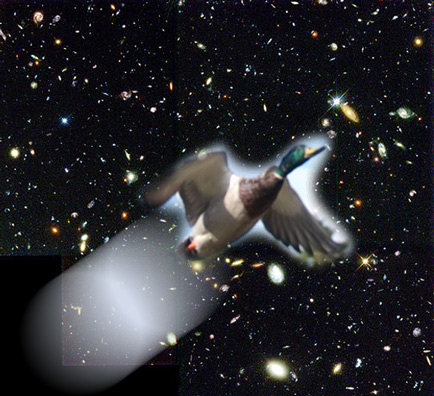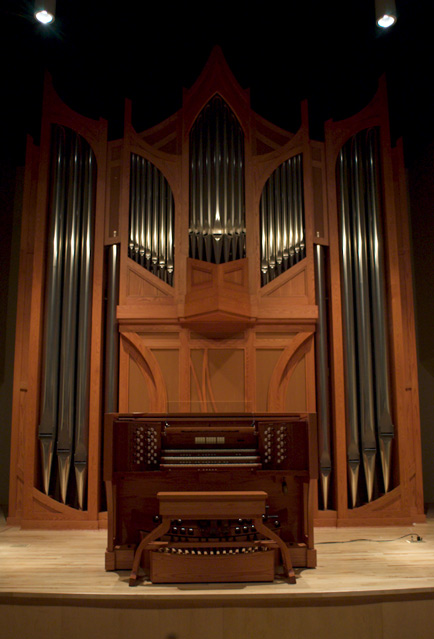August 25, 2009

School’s beginning signals summer’s end. This summer of 2009 is going to be placed into our record books by the wonderful organ composition created by Charles Ore, the composer. He began with the unlikely hymn “Rock of Ages”. I think the phrase “When I soar to worlds unknown” called to him because we had been in discussion about what happens after death, and this imagery evokes wonderful things. The poetry is attributed to Augustus Toplady who lived in the 1700’s, and the hymn also contains enough obtuse and tortured imagery that many of the pastors I worked with avoided using the hymn entirely. (i.e. “Foul, I to the fountain fly” . . . I always thought perhaps it should have read, “Fowl”, considering the flying part)

Charles has named his piece “Glory Rock” and divided it into five parts. The first, called “Rock” uses the familiar melody, but placed into a classic rock format. The second movement is titled “Could my zeal no respite know”, from the hymn text, but here presented with an ironic touch. Then comes “The double” (“Be of sin the double cure” is the poetry – the movement dances between melody and echo patterns). At the beginning of the fourth movement the piece adds melodic material from the Battle Hymn of the Republic; “Mine eyes have seen the glory of the coming of the Lord” and this part is called “The coming”. The composition concludes with “When I soar to worlds unknown” and this is the most extraordinary part of all. Here Charles uses a double pedal, right foot outlining “Rock of Ages”, and left foot playing “Glory, glory, hallelujah” while the hands are doing incredible fast patterns in the manner of French toccata material and reminiscent of Arthur Honegger’s symphonic poem “Pacific 2-3-1”. After he developed the piece, Charles invited me to come and hear him play it on the new organ that fills the front of the recital hall at Concordia. Since then, I have repeatedly asked him to play it for me because it is such a splendid experience. As I watch the Casavant making the music, I can see it responding to the man at the console. When the piece begins with powerful, large, low and strong chords, the organ plants its feet solidly and says, “I can do ROCK”. In the second movement, where the sounds are playful, it almost seems to smile, and then as the piece builds and builds, it truly seems to become one with the player. As the echo of the huge final chord dies away, the organ seems to settle back in contentment saying, “My, that was fun!”
(This composition should be recorded for sharing sometime this fall.)